My first whale watching experience was in Dominica. Before that time, I never truly understood what the big deal was about people’s fascinations with whale watching: I had heard that travelers from around the world would travel to Dominica specifically during the whale watching season. People would plan their trips around this activity just to be able to experience. But after having gone whale watching in Dominica for the first time, I finally understood what a unique adventure travel experience is, and want to share more about the concept of whale watching in general, and everything else you need to know before planning your whale watching experience, regardless of where you choose to do it in this beautiful world!
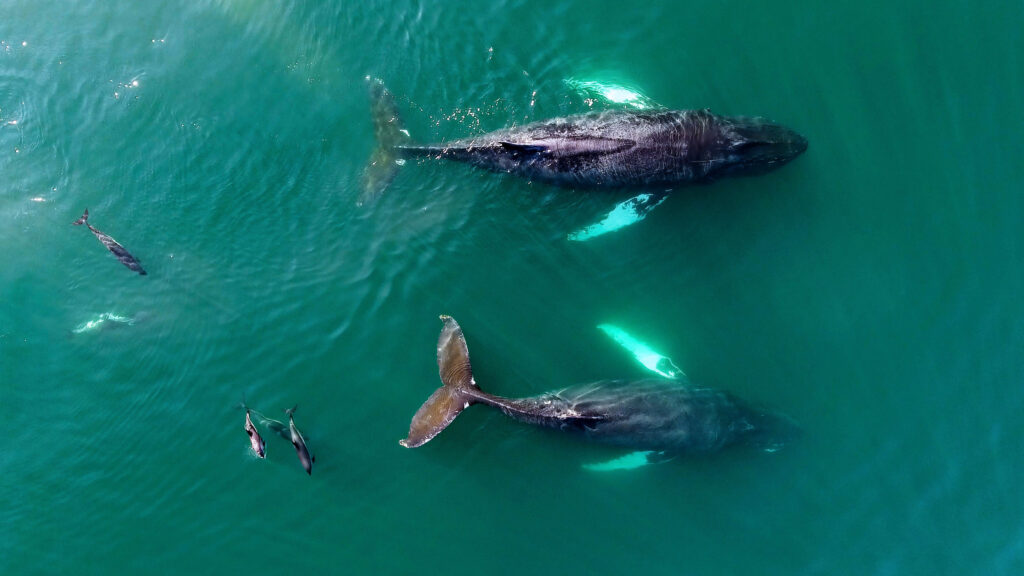
Table of Contents
Best Places to Go Whale Watching around the World
Here are some of the best places around the world for unforgettable whale watching experiences:
In the Caribbean: Dominica
As mentioned earlier, Dominica in the Caribbean offers exceptional whale watching opportunities. Its waters are frequented by humpback whales and sperm whales, and the island has gained recognition for responsible and sustainable whale watching practices. The unique underwater acoustics and lush surroundings make it a captivating destination for nature lovers.
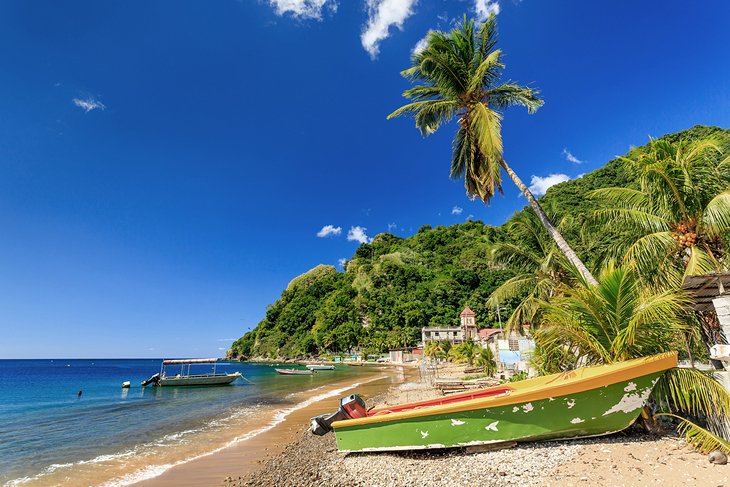
In Africa: Hermanus, South Africa and Dakar, Senegal
Located along the Western Cape, Hermanus is widely regarded as one of the world’s top whale watching destinations. Southern right whales visit the area from June to November, coming close to the shore to mate, calve, and nurse their young. The town even hosts an annual Whale Festival, celebrating these magnificent creatures.
Dakar, the capital of Senegal, offers an opportunity for whale watching in West Africa. From December to February, humpback whales pass through the waters off the coast of Dakar during their migration. Whale watching tours depart from Dakar, providing a chance to witness these magnificent creatures up close.
In Europe: Tenerife, Canary Islands
Tenerife, the largest of the Canary Islands, is renowned for its exceptional whale watching opportunities. The island’s strategic location in the Atlantic Ocean makes it a haven for a wide variety of whale and dolphin species. Here are some of the best whale watching experiences you can have in Tenerife.
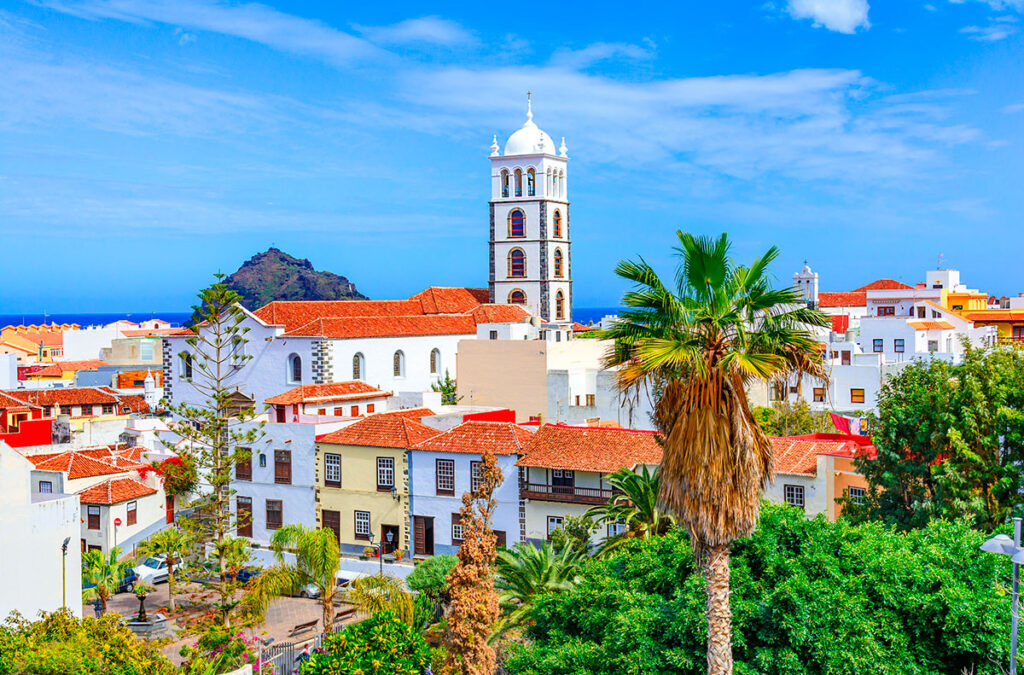
In the USA: Monterey Bay, California
Located along the Central California coast, Monterey Bay is renowned for its rich marine biodiversity. It is a prime location for spotting gray whales during their annual migration, as well as humpback whales, blue whales, and orcas. The Monterey Bay National Marine Sanctuary offers excellent opportunities for whale watching tours.
In Australia: Hervey Bay, Queensland
Known as the “Whale Watching Capital of Australia,” Hervey Bay is a popular destination for humpback whale encounters. Each year, from July to November, humpback whales stop in the calm waters of the bay to rest and nurse their calves. The area is famous for its close encounters and playful interactions with these gentle giants.
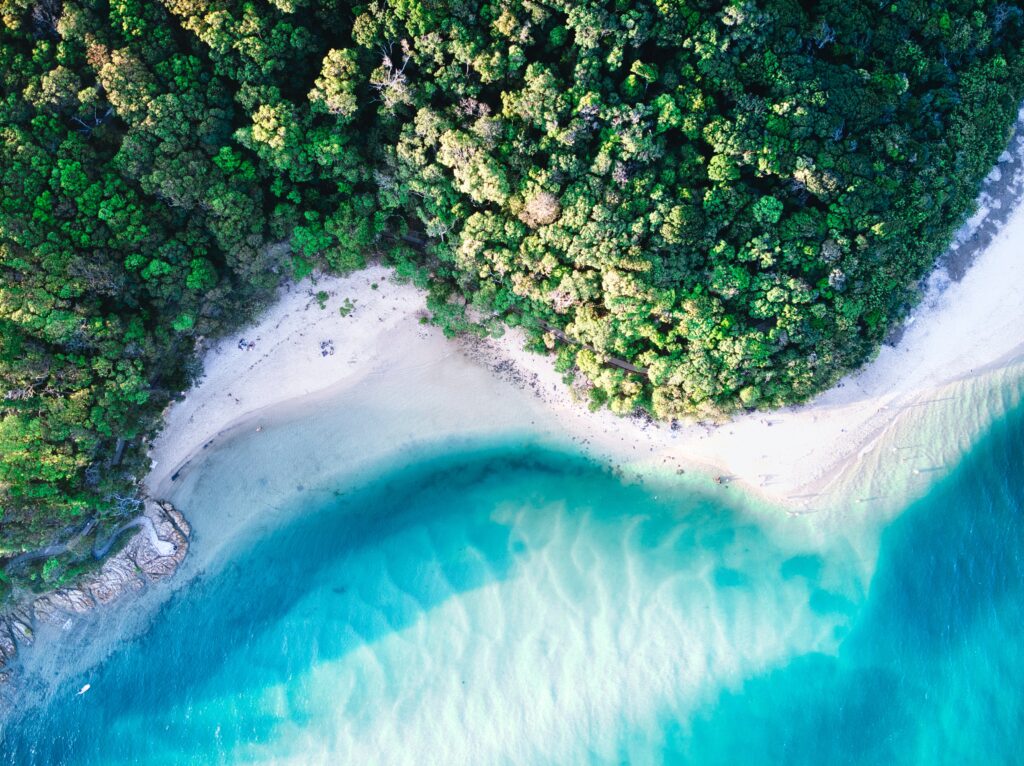
In New Zealand: Kaikoura
Situated on the eastern coast of the South Island, Kaikoura is a renowned whale watching destination. The deep underwater canyons near the coast attract a diverse range of whale species, including sperm whales, humpback whales, and orcas. Visitors can also witness other marine life, such as dusky dolphins and fur seals, making it a wildlife lover’s paradise.
In Asia: Mirissa, Sri Lanka
Mirissa, a coastal town in southern Sri Lanka, is well-known for its whale watching opportunities. From November to April, blue whales and sperm whales can be spotted in the waters off Mirissa. The area also attracts dolphins and sea turtles, offering a chance to encounter multiple marine species in one trip.
These are just a few examples of the best places for whale watching around the world. Other notable destinations include the Azores (Portugal), the Gulf of St. Lawrence (Canada), Hermanus (South Africa), and the Maldives. Remember to research the best time to visit each location, as whale sightings can vary depending on the migratory patterns and breeding seasons of different species.
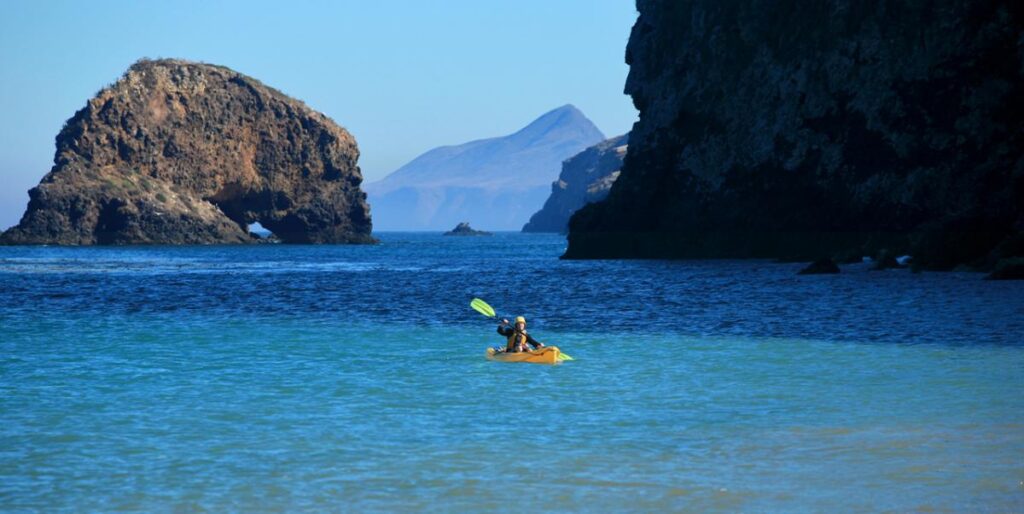
Best Binoculars for Whale Watching
When it comes to whale watching, having a good pair of binoculars can greatly enhance your experience by allowing you to observe the whales up close. I personally did not use binoculars during my first whale watching experience, but if you are able to get your hands on a pair, I can only imagine how much more “up close” you would feel! Based on my research, here are some of the best binoculars for whale watching:
Celestron Nature DX 10×42 Binoculars: Perhaps the best binoculars for whale watching that offer excellent value for money, the Celestron Nature DX binoculars are a popular choice for wildlife observation, including whale watching. With a 10x magnification and 42mm objective lens, they provide good image clarity and brightness. These binoculars are lightweight, waterproof, and have a durable rubber coating for a comfortable grip.
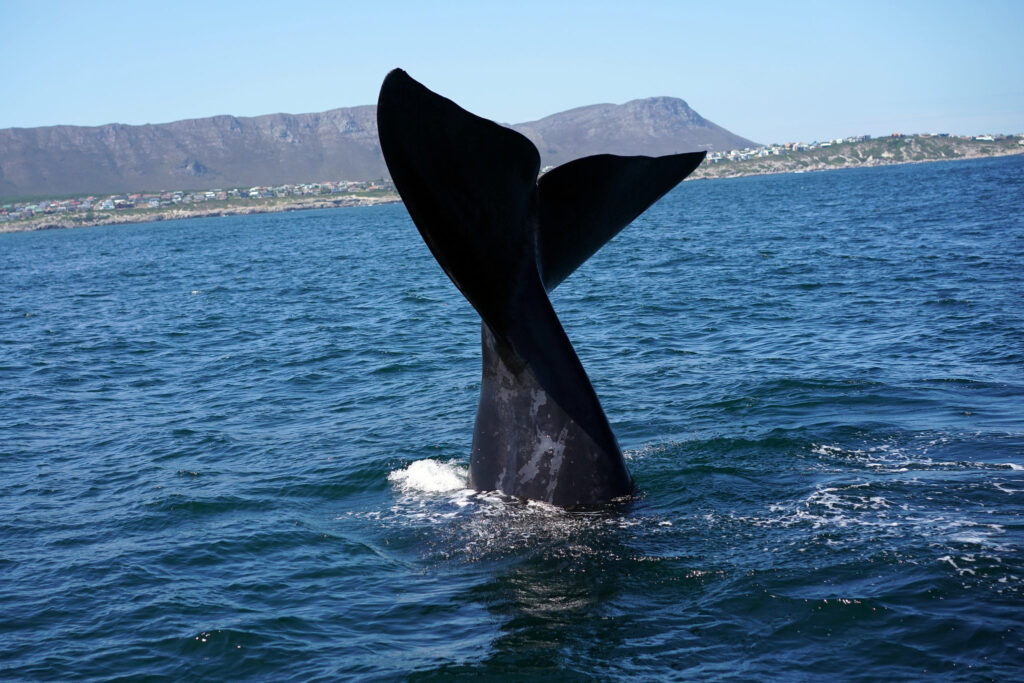
Nikon Monarch 7 10×42 Binoculars: People tend to love these for the optics and clarity it provides. The Nikon Monarch 7 binoculars provide a bright and sharp view of distant objects. With a 10x magnification and 42mm objective lens diameter, they offer a good balance between magnification and light-gathering capability. Additionally, they are waterproof and fog-proof, which makes them more durable and usable in different weather conditions.
Vortex Optics Viper HD 10×42 Binoculars: These seem to also be very well loved for their high-quality optics and rugged build. They feature extra-low dispersion glass for excellent color accuracy and resolution, while the 10x magnification and 42mm objective lens provide a clear and detailed view. They are also waterproof and fog-proof, making them suitable for marine environments.
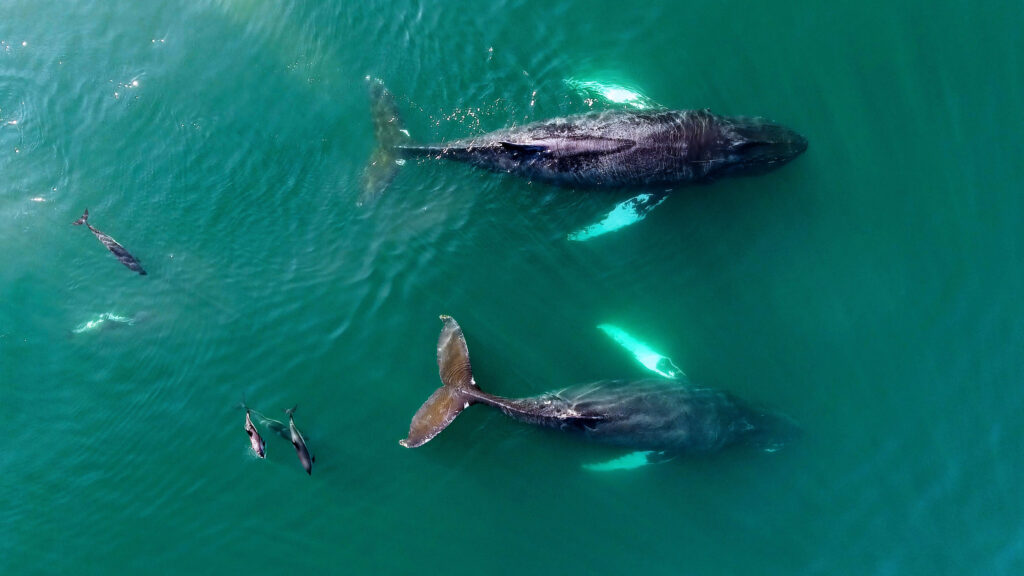
Zeiss Conquest HD 10×42 Binoculars: This is another pair of binoculars ranked as the best binoculars for whale watching. With a 10x magnification and 42mm objective lens, they offer bright and detailed images. The binoculars are built with durable materials, have a robust construction, and are waterproof and fog-proof. The wide field of view also allows for easy tracking of whales’ movements, which is a plus.
Swarovski EL 10×42 Binoculars: The 10x magnification and 42mm objective lens deliver excellent clarity and detail. These binoculars feature Swarovski’s renowned lens coatings for optimal light transmission and color fidelity. The ergonomic design and lightweight construction make them comfortable for extended use.
When choosing binoculars for whale watching, consider factors such as magnification, objective lens diameter, optical quality, durability, and weather resistance. It is also advisable to visit a reputable optics store or read reviews to ensure the binoculars meet your specific needs and preferences.
Zoom in on a unique Whale Watching Experience: Dominica (The Caribbean)
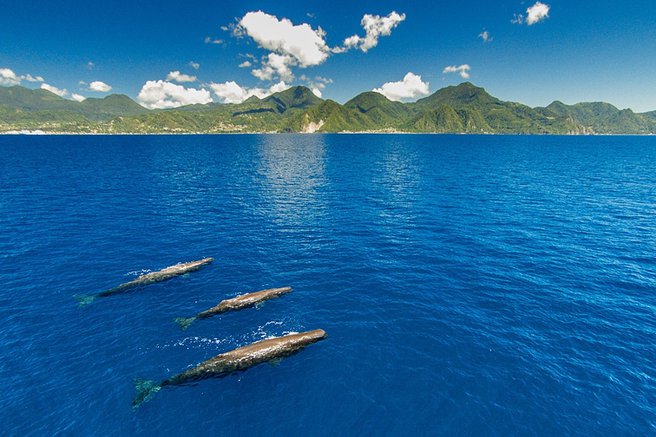
Dominica’s unique geographical location within the Caribbean (bathed by the nutrient-rich waters of the Caribbean Sea and the Atlantic Ocean) creates an ideal habitat for various whale species. The island is particularly famous for encounters with humpback whales and sperm whales. Humpback whales are known for their spectacular acrobatic displays, breaching, and singing, while sperm whales are recognized for their impressive size and iconic blowholes.
Best time for whale watching in Dominica: The best time to embark on a whale watching adventure in Dominica is between November and March. This period is just after the independence celebrations in Dominica, and coincides with the annual migration of humpback whales, as they travel from their feeding grounds in the North Atlantic to the warm waters of the Caribbean to breed and give birth. During these months, you have higher chances of spotting them. Extend your stay after the island’s independence celebrations and explore more of its marine life: you’d be amazed.
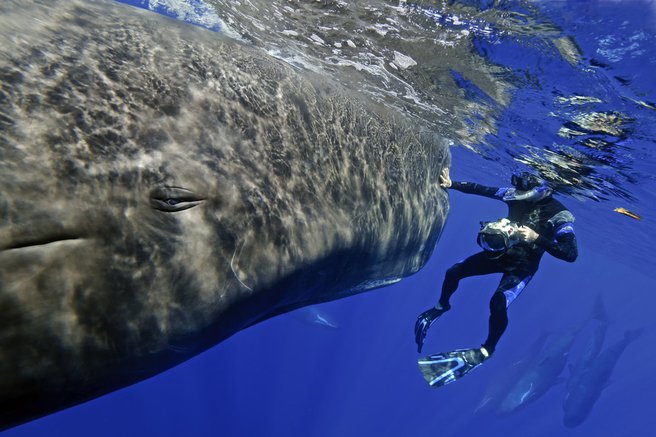
Whale Watching Tours in Dominica: For your first whale watching experience in Dominica, I absolutely recommend going with a tour company. Whale watching tours in Dominica are done by experienced guides, or marine biologists. These tours typically depart from the capital city of Roseau or coastal towns such as Portsmouth.
Fun facts about Whale Watching in Dominica: One of the fascinating aspects of whale watching in Dominica is the island’s unique underwater acoustics. Sperm whales, in particular, are known for their distinct clicking sounds and hauntingly beautiful songs. Dominica’s deep underwater canyons and trenches amplify these sounds, providing an extraordinary opportunity for visitors to witness the whales’ vocalizations firsthand. Some tour operators even offer hydrophones, allowing you to listen to the mesmerizing underwater symphony.
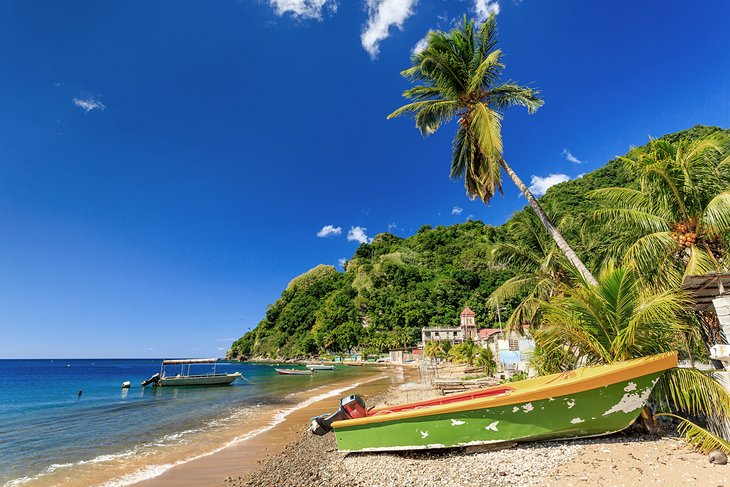
A sustainable travel adventure on island: While the main focus of whale watching in Dominica revolves around these magnificent marine mammals, the island’s waters boast an incredible array of marine biodiversity. During your excursion, you may also encounter dolphins, sea turtles, and a variety of seabirds. The experienced guides on board will often provide valuable insights into the diverse ecosystem, enriching your understanding of the ocean’s delicate balance.
Additionally, whale watching in Dominica is an opportunity to contribute to conservation efforts. By choosing tour operators that prioritize responsible practices, you actively support the protection of these magnificent creatures and their habitats.
Zoom in on a unique Whale Watching Experience: Tenerife (Canary Islands, Europe)
Tenerife, the largest of the Canary Islands, is one of the best places for whale watching in Europe. The island’s strategic location in the Atlantic Ocean makes it a haven for a wide variety of whale and dolphin species. Here are some of the best whale watching experiences you can have in Tenerife (and definitely some of those I’d love to experience!)
- Los Gigantes: Situated on the western coast of Tenerife, Los Gigantes is a popular spot for whale watching. The towering cliffs provide a dramatic backdrop as you embark on a boat tour to encounter pilot whales and bottlenose dolphins. These resident species are present throughout the year, offering excellent chances for sightings.
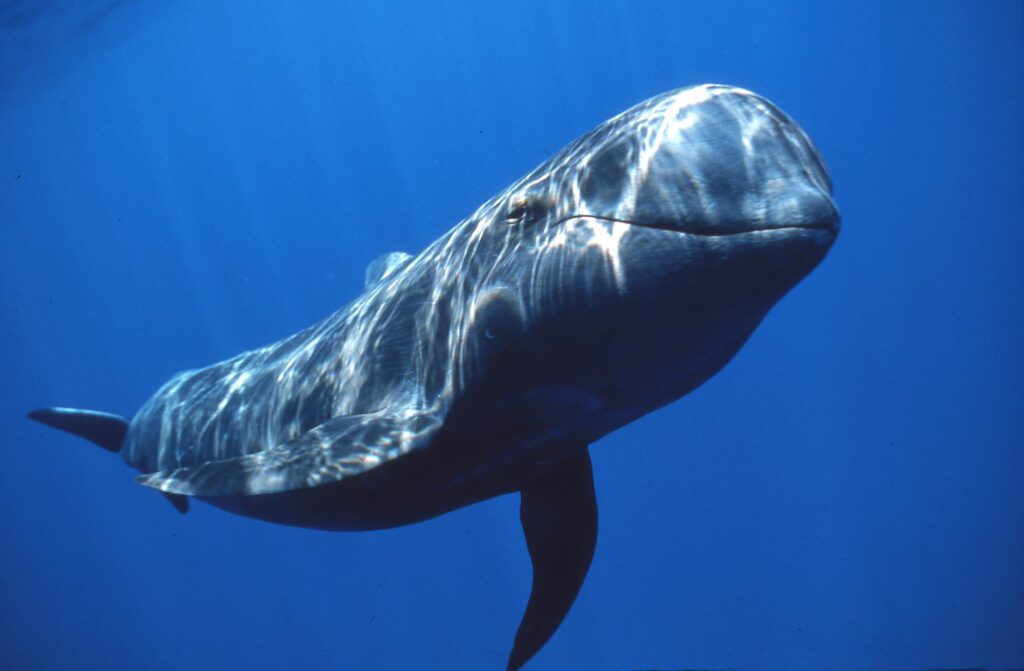
- Costa Adeje: Located in the south of Tenerife, Costa Adeje is another fantastic area for the best whale watching in Tenerife. Many reputable tour operators offer excursions from the Puerto Colón marina, providing opportunities to spot resident pilot whales and dolphins. The waters around Costa Adeje are also frequented by migratory species, such as fin whales and sperm whales, during certain times of the year.
- Puerto de la Cruz: On the northern coast of Tenerife, Puerto de la Cruz is a vibrant town known for its natural beauty and abundant marine life. Here, you can join whale watching tours that venture into the Atlantic Ocean to observe a variety of cetaceans, including pilot whales, dolphins, and occasionally, larger species like Bryde’s whales or even killer whales.
- Los Cristianos: Situated in the south of Tenerife, Los Cristianos is a popular resort town that also serves as a starting point for the best whale watching excursions in Tenerife. Joining a tour from Los Cristianos allows you to explore the waters of the Atlantic Ocean and encounter a diverse range of marine life, including pilot whales, dolphins, and, on occasion, even turtles and flying fish.

When is the Best Time for Whale Watching
The best time for whale watching can vary depending on the location and the specific species of whales you are interested in observing. However, here are general timelines for the best time for whale watching in different areas of the world.
North America (Pacific Coast):
California (Monterey Bay, Channel Islands): The best time for whale watching along the California coast is typically from December to May when gray whales migrate south from Alaska to Mexico. Blue whales can be seen in the summer months, and humpback whales are present from spring to fall.
Eastern Canada (Newfoundland, Nova Scotia): Whale watching in Eastern Canada is best from June to September (summer), with species such as humpback whales, fin whales, and minke whales being commonly observed.
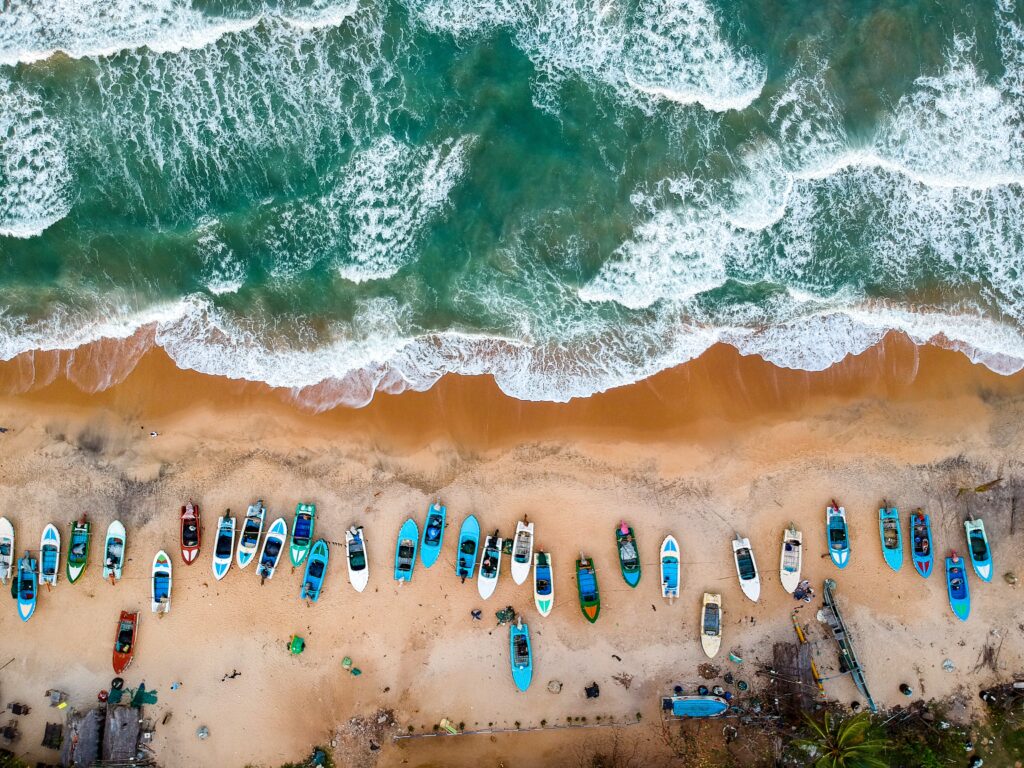
Asia, Sri Lanka: The peak whale watching season in Mirissa, Sri Lanka, is from November to April, with blue whales and sperm whales being the main attractions.
Europe, Tenerife: The prime time for whale watching in Europe tends to be from April to October. During this period, you can spot a variety of whale species, including humpback whales, minke whales, orcas, sperm whales, fin whales, and several species of dolphins can be seen during this period.
Africa, South Africa: In South Africa (Hermanus), the best time for whale watching is from July to November when southern right whales come close to the shore to mate and give birth.
Australia (Hervey Bay, Western Australia): Hervey Bay is renowned for whale watching from July to November when humpback whales stop by during their migration. Western Australia, particularly around Perth and Albany, offers whale watching opportunities from June to November when southern right whales and humpback whales pass by.
Caribbean, Dominica: Whale watching in Dominica is best from November to March when humpback whales and sperm whales migrate through the area.
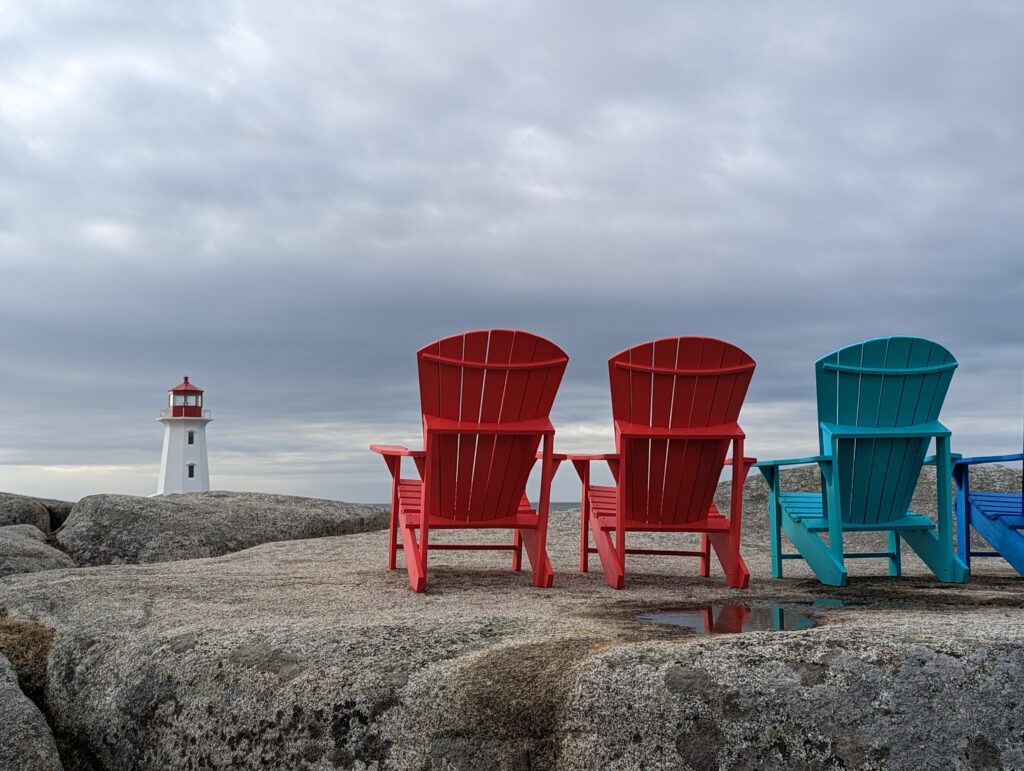
Keep in mind that these general guidelines vary, and other factors such as local conditions, weather, and the behavior of whale populations can change every year. It is recommended to check with local whale watching operators or visitor centers for the most up-to-date information and to plan your trip accordingly.
There you have it! Now, you have enough information on how to plan your first whale watching experience, regardless of where you go in the world!
See you in the next adventure!
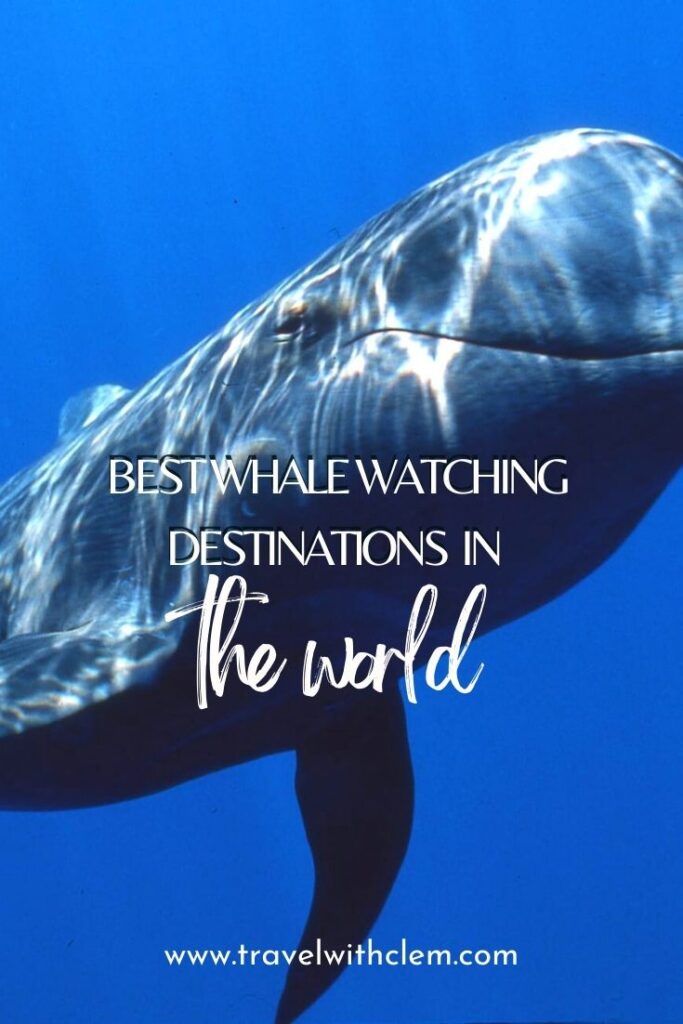
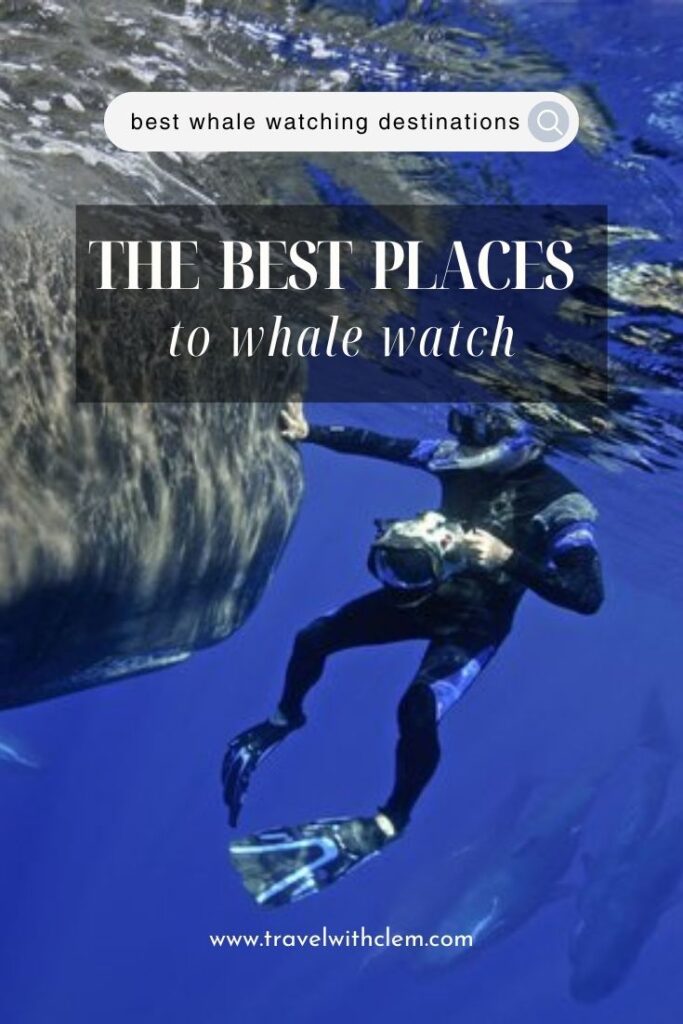
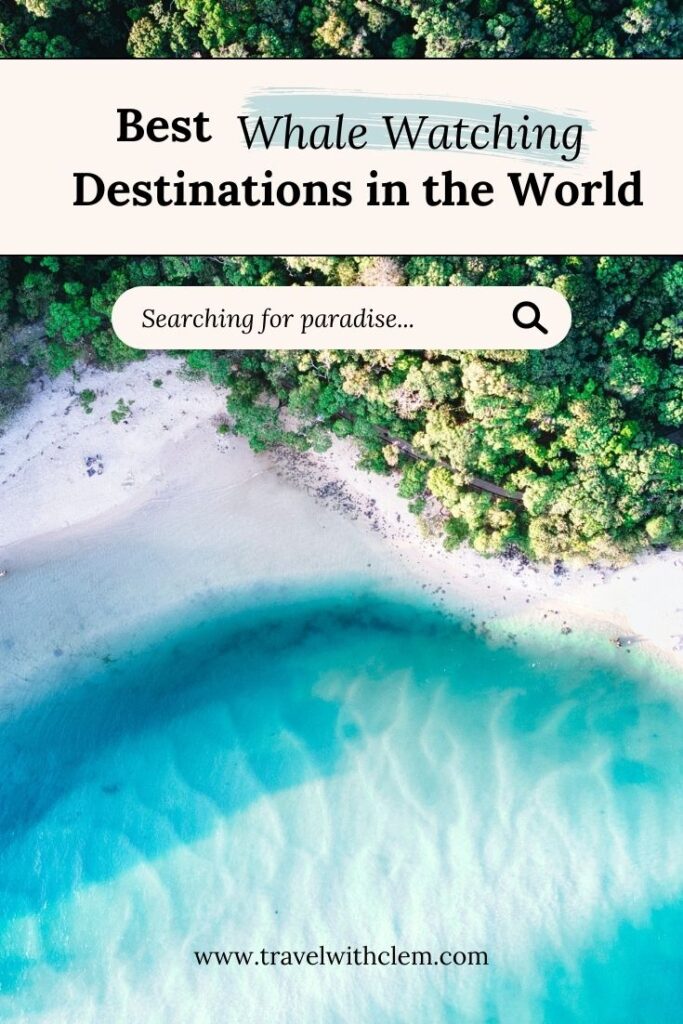
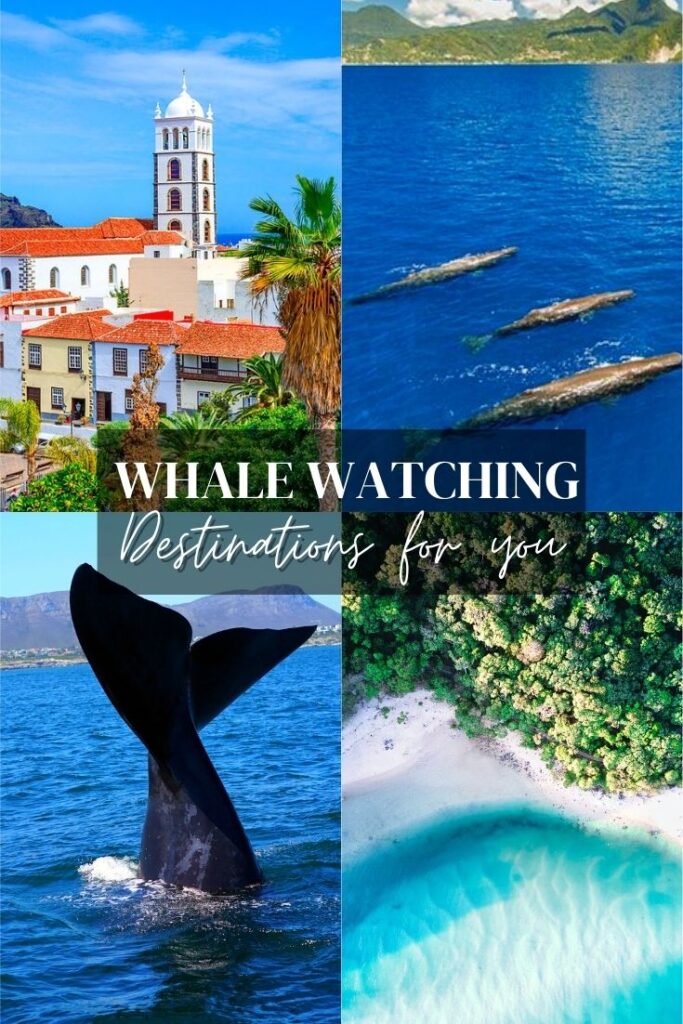
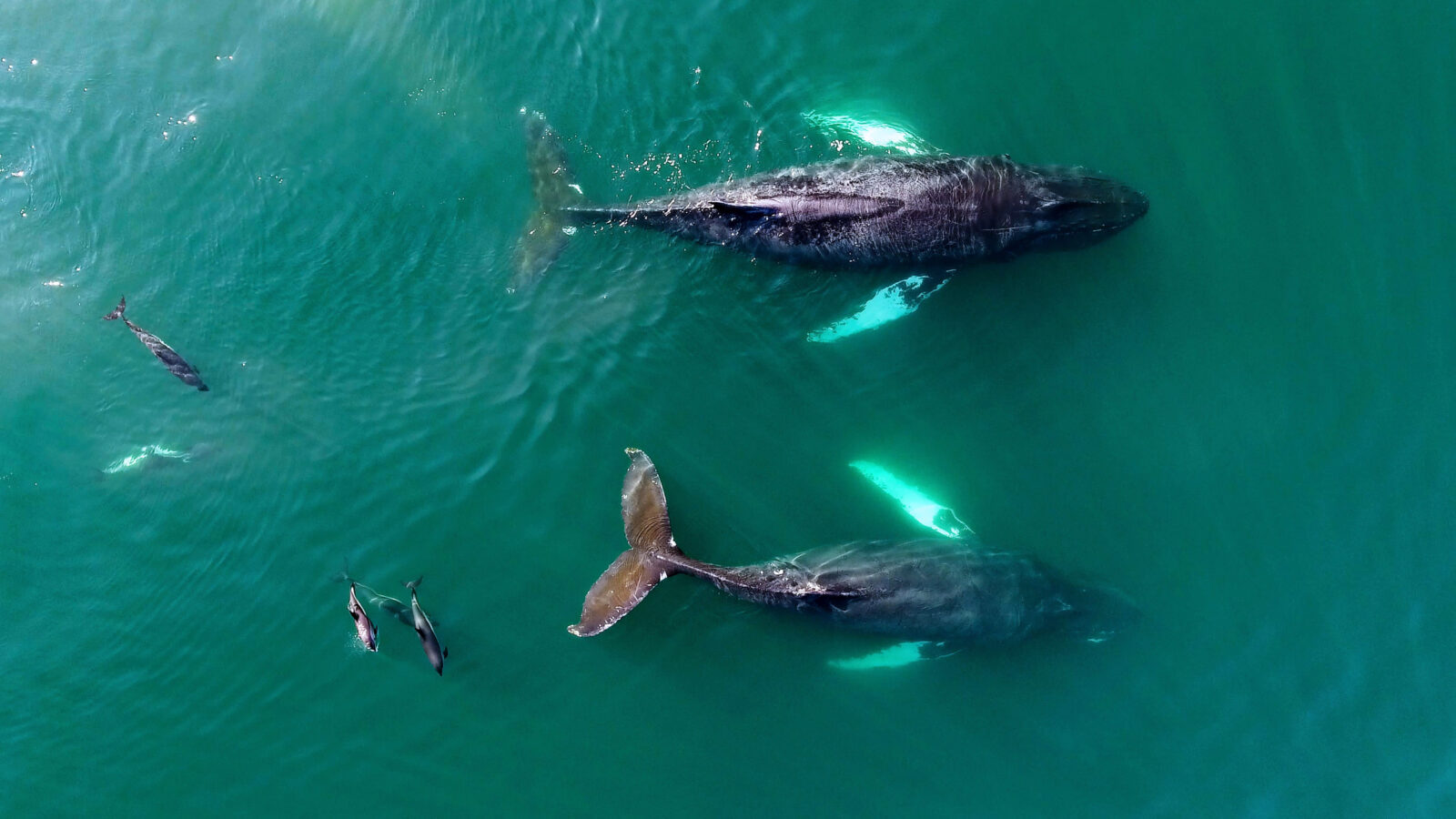
Leave a Reply